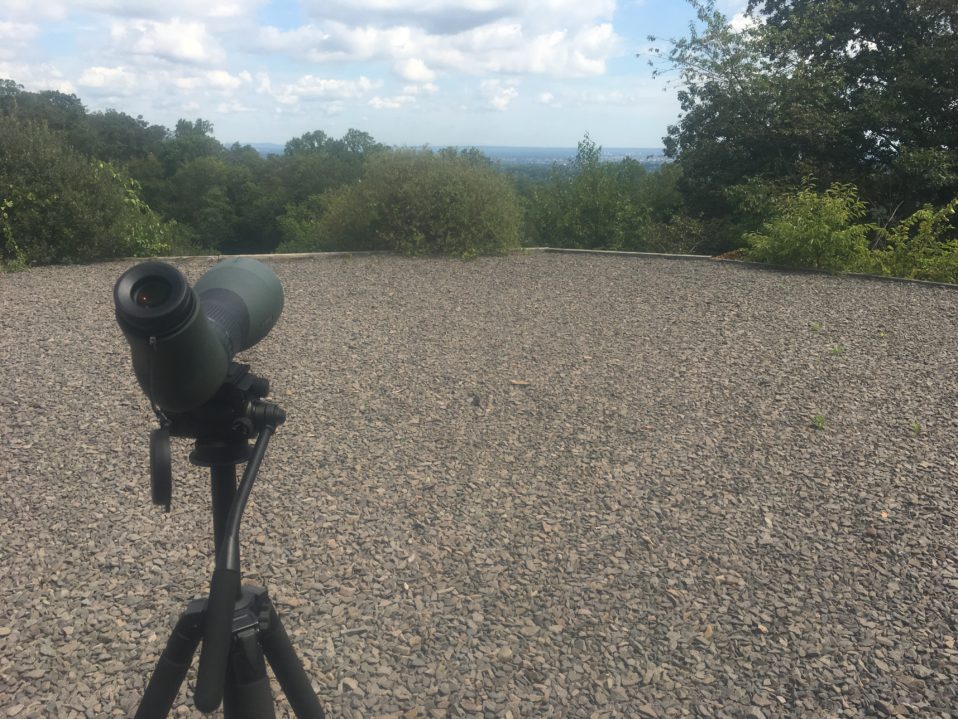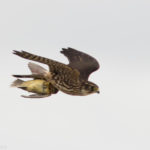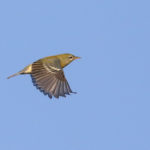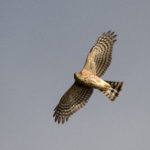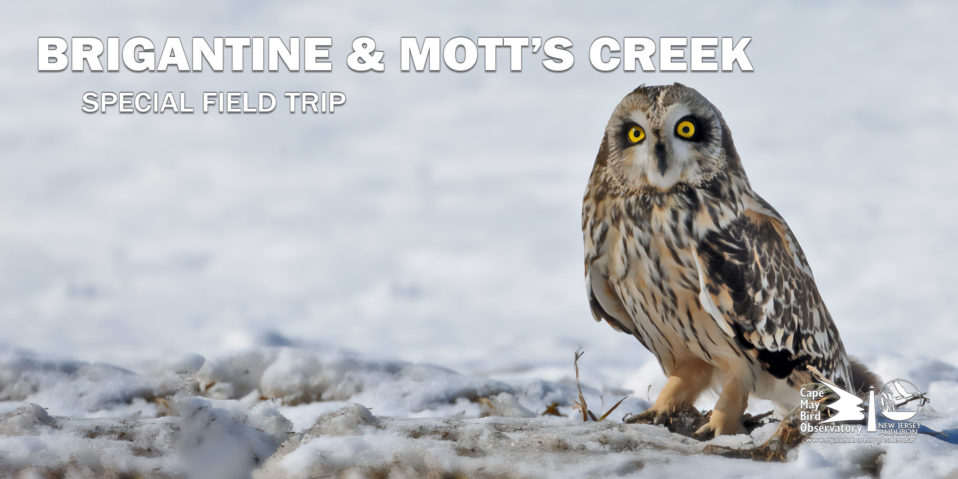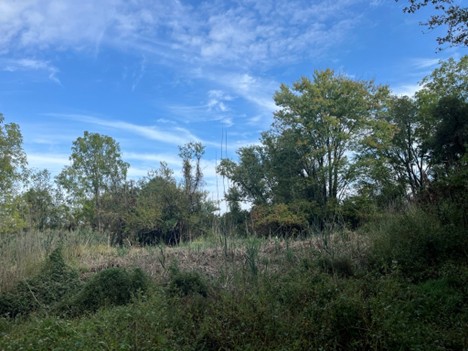Fall migration data collection at the Montclair Hawkwatch began on September 1st, and over the course of the past two weeks, raptor migration activity has steadily been ramping up. On the 1st, two eager Broad-winged Hawks flew southward, leading the charge for future migrants. Until the end of the first week, there were few migrating raptors that passed over. However, the local Red-tailed Hawks, Cooper’s Hawks, and vultures soared frequently during this time, and continue to return close to the platform on a near-daily basis, offering excellent views. A group of three juvenile Red-tails reliably take flight in the mornings and late afternoons and entertain with displays of aerobatic prowess by taking turns dive-bombing and pursuing each other. The resident Cooper’s Hawks— usually found in the treeline of Mills Reservation County Park directly across the hawk watch platform— do not hesitate to harass any Red-tail that approaches to closely.
By the 7th, Ospreys, Sharp-shinned Hawks, and Broad-winged Hawks began to move through in larger numbers. Other birds, including Double-crested Cormorants, Cedar Waxwings, and Bobolinks constituted the majority of the migrants until that point.
At the start of the second week, winds from the northwest arrived, and the with them came a first small migratory flock of 13 Broad-winged hawks. Throughout the day, several more individuals glided through, bringing the day’s count to a total of 24. As the rest of the week progressed, there was limited Broad-wing activity, but Ospreys and Sharpies passed through with regularity. Small groups of Common Nighthawks also passed southward over the platform in afternoons during this week.
Favorable winds came again on September 16th, bringing higher numbers of migrants. This day hinted at what the following one would bring, with 56 Broad-winged Hawks. A stream of 42 passed over in the early afternoon, with the others trickling through sporadically.
September 17th was the first— of hopefully multiple— big days this season for Broad-winged Hawks. Again, winds blew from the northwest, yet the sky was virtually cloudless, making for challenging viewing conditions. By mid-morning, a few lone low-flying individuals led the charge, and just after noon, the first kettle appeared high in the sky. Due to the birds’ altitude and lack of contrast in the sky, they were all but invisible to the naked eye. Over the course of the afternoon, multiple kettles formed and passed high over the platform, with the largest one containing 212 birds. Only the last migratory flock spotted late in the afternoon was readily detectable to the eye unaided by binoculars. At this time of day, the lower afternoon sun’s rays reflected off the soaring hawk’s pale bellies and wings to provide noticeable pale flashes against the oceanic blue sky.
As the Broad-wing season progresses with more northwestern winds, hopefully many more will soon be spotted from Montclair Hawkwatch!




